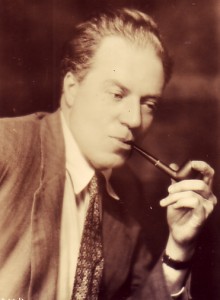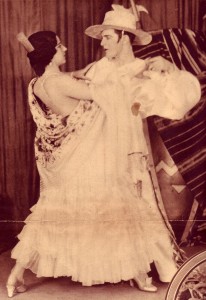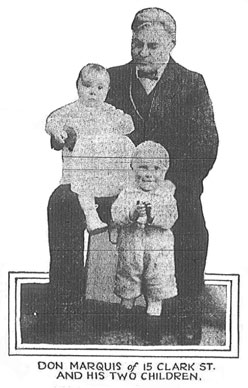Academics and social critics take note of Don Marquis for his wry commentary and biting satire, but many of us love his writing simply for its good fun. Take, for example, this brief exchange in one of Don’s Sun Dial columns:
ANTONY (To Cleopatra’s lady-in-waiting): Please tell your mistress I am here and would like to see her.
LADY-IN-WAITING: Not today, good sir.
ANTONY: Why not?
LADY-IN-WAITING: She’s in bed with tonsilitis.
ANTONY: Wait till I get hold of that dirty Greek!
Edward Anthony, author of the biography “O Rare Don Marquis,” said this gag got Don in hot water with his publisher, the renowned crank Frank Munsey, who thought it inappropriate for a family newspaper. Munsey never understood Don, and such opprobrium probably only inspired him to further bits of cheap and eminently enjoyable fun.






